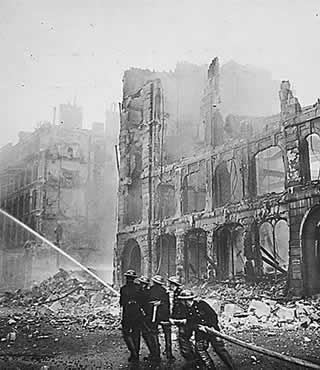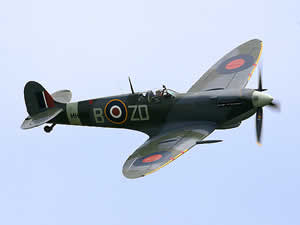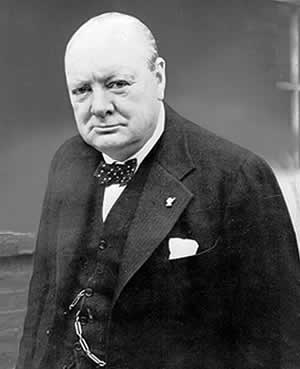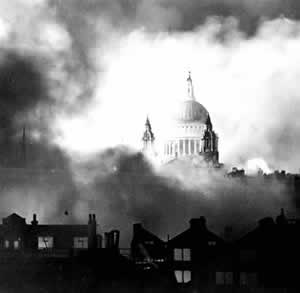The Blitz |
|
 |
|||
A failed attempt to break the morale of the British people by indiscriminate bombing and an important phase of WW2 |
||||||
Listen to this article |
||||||
|
||||||
After the German invasion of Poland the British Government declared war on Germany in September 1939. |
||||||
It was widely expected that there would be a rapid response by the Luftwaffe and that air raids were imminent. Public air raid shelters were quickly built in the streets and Anderson shelters were built in private gardens for families. There was an exodus from London of approximately 13% of the population including many children, who were evacuated to homes and families in the countryside for their own safety. However, this reaction was somewhat immature due to the fact that the actual air raids did not begin until the summer of 1940. Many evacuees returned home and the panic seemed to be over at least for the time being. |
||||||
The very first attacks were against military targets, including Biggin Hill in the south of England in 1940. Between July and September 1940 the skies above the south of England were the scene of many momentous dog fights. German and British planes fought battle after battle. The greatest fighter was the legendary Spitfire. |
||||||
 An RAF Spitfire over London Photo Bryan Fury75 |
||||||
It was the great conflict between the forces of good and evil which caused Prime Minister Winston Churchill to say Never in the field of human conflict was so much owed by so many to so few. Many lives were lost in the defence of our country. The Germans were vastly superior in numbers and inflicted massive damage on the RAF. |
||||||
 Winston Churchill |
||||||
Then a remarkable turn of events changed the whole pattern of the war. The German high command switched from bombing our fields and began bombing London instead. The Blitz was about to begin! The first of these air raids was aimed at such installations as dockyards and other industrial areas mainly in the East end of London. Initially these early air raids took place by both day and night, but then the Luftwaffe concentrated on night raids only. The defences of London were quite ineffective. Anti-aircraft guns had limited success. At the same time the RAF had very few night fighters either. After September the Luftwaffe attacked the rest of London during which period Buckingham Palace was damaged. |
||||||
 Bombed Buildings in London |
||||||
Air raids continued night after night and large numbers of German bombers dropped tons of bombs on the capital. An example of this onslaught is that between 100 and 200 bombers dropped 200 tons of high explosive and 300 incendiaries, although there were other raids with 300 and 400 planes dropping more than double this amount. Roads and rail were all severely damages, along with sewers, gas and water pipelines. Repairs were carried out rapidly to enable the life of commerce and industry to function as normally as possible. |
||||||
 |
||||||
Standing up gloriously out of the flames and smoke of surrounding buildings, St. Paul's Cathedral is pictured during the great fire raid of Sunday December 29th 1940 Photo Herbert Mason |
||||||
The courage of ordinary Londoners is now legendary; they never gave up in spite of indescribable suffering. Cinemas continued to show films during air raids and audiences stayed and watched. Humour was vital and sustained the morale of our nation, alongside common sense and guts. Bombing of London gradually ceased over a period of time, as did bombing of other cities. |
||||||
|
Pocket Britain is optimised for use on a smartphone or tablet with internet access. All content is subject to copyright. All reasonable methods have been used to ensure information supplied is accurate at the time of publication. However, it is advisable to check information before relying on it. Privacy Policy |